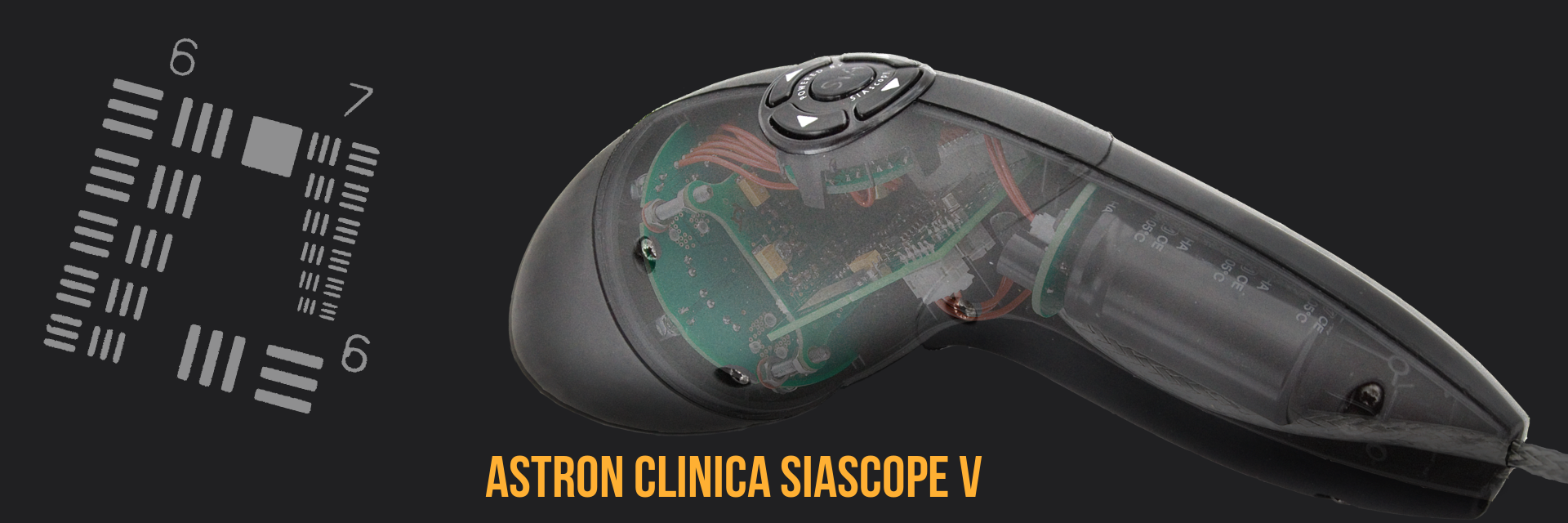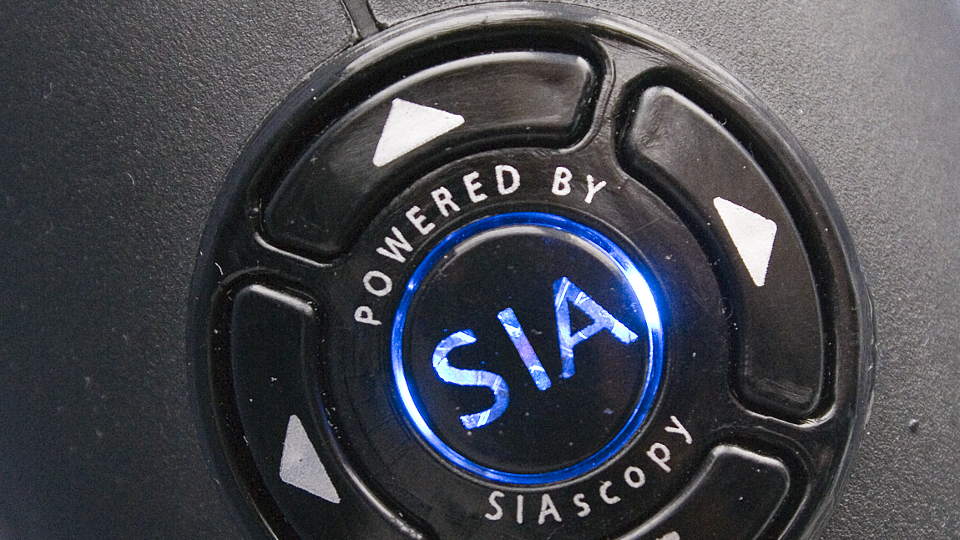
SIAscopy
Skin cancer kills 60,000 every year, but is very treatable when detected at an early stage. SIAscopy—a technology developed by Symon Cotton on the basis of his PhD-thesis—has been shown to facilitate diagnosis. SIAscopy is based on multispectral imaging, allowing visualisations of the distribution of melanin (pigment), blood and collagen in the skin.
SIAscans are made with a dedicated USB camera. Astron Clinica had been selling previous model SIAscopes in limited numbers for a few years, but were looking at drastically reducing the hardware cost while increasing the quality of the white-light images and improving on the ease of use.
Concept design
We came up with a number of possible camera concepts all based around the use of a 3Mpixel consumer-grade imager chip which would reduce the hardware cost by over 90%, allowing Astron Clinica to switch their business model from hardware sales to software subscriptions. Adding high-CRI white LEDs to the device also improved the dermatoscopic images.
“The fact that we could take an early model to take skin images during a meeting with our investors convinced them that our development plans and cost targets were realistic, and that the new SIAscope V would be ready in time”
“We set out to improve image quality and ease of use while drastically lowering production cost. I’m pleased to say we succeeded on all three counts.”
Engineering
We specified, designed and prototyped all electronic circuits, optical components and mechanical parts from the ground up, taking into account the intended production volumes of upper hundreds to lower thousands per year. Prototypes were tested and refined in trials with nurses and dermatologists, where it was decided to upgrade the lens specification—the increase in manufacturing cost was more than offset by the increased perceived value by the clients.

Manufacture and sales
We assisted Astron Clinica to transfer our design to a local manufacturing partner. The SIAscope V was introduced in March 2006 in conjunction with the DERMETRICS imaging suite. Both were favourably received.
